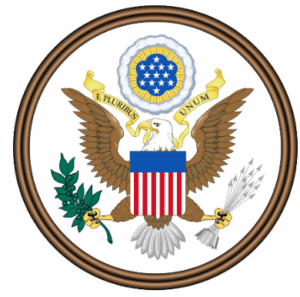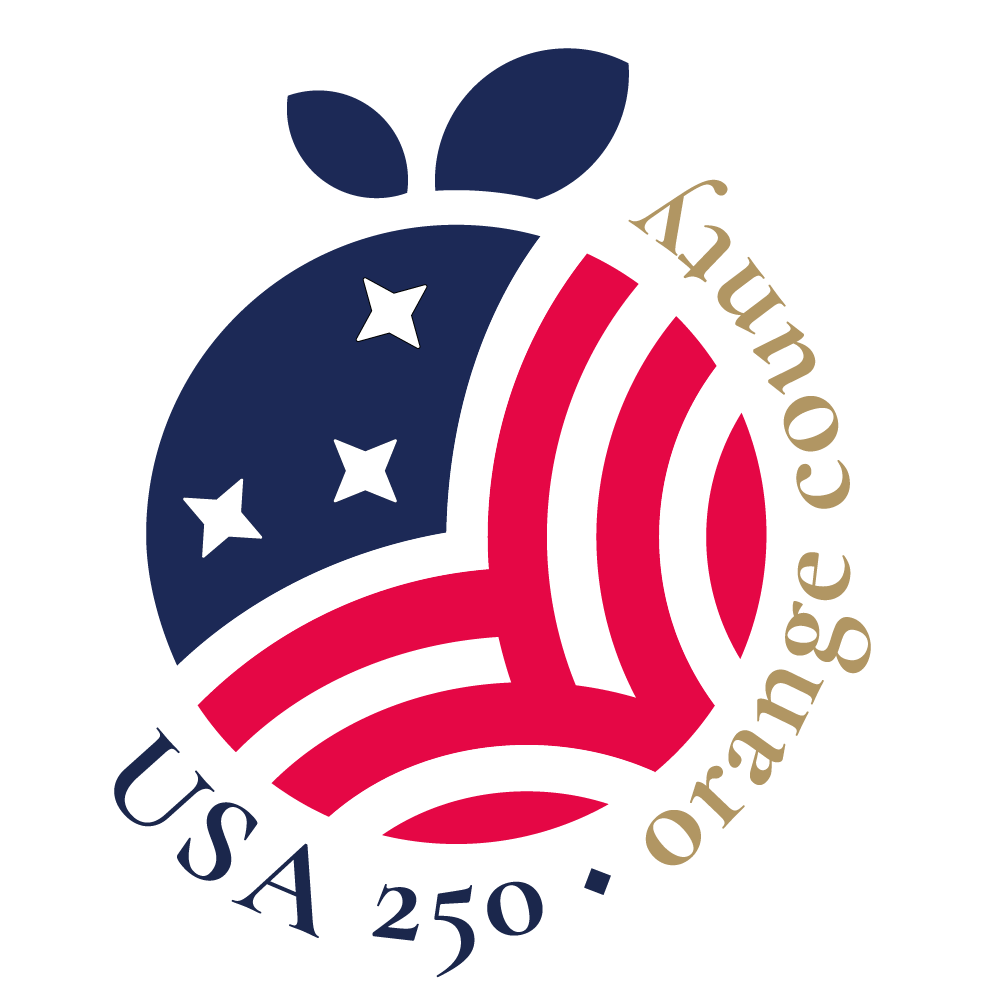
It was well-known that Benjamin Franklin had a near-death experience – with a turkey! Among Franklin’s many experiments with electricity was his 1750 attempt to demonstrate a procedure for electrocuting a turkey, believing that killing a turkey in this manner, rather than the conventional way by decapitation, would result in an “uncommonly tender” and tastier main course. Unfortunately, his hand touched the wire meant for the turkey, resulting in intense pain and embarrassment at having “been guilty of so notorious a blunder.”
What has also been well-known about Franklin and the genus of turkey, but entirely false, is that he proposed to make the turkey the symbol of the nascent nation called the United States of America. This myth was fueled by the November 24, 1962, cover of “The New Yorker” magazine, featuring a mock-up of the country’s seal featuring a turkey instead of the bald eagle, followed by the popular 1962 musical, “1776.” This entertaining but historically inaccurate film features “The Egg,” a song in which Franklin, John Adams and Thomas Jefferson contend for their preferred national symbol: for Adams, the eagle; Jefferson, the dove; and Franklin, the turkey.
Evidence of Franklin’s affinity for the turkey was based on a letter to his daughter, Sarah Bache, clearly a satirical rebuke of the creation of the Society of the Cincinatti, designed as a hereditary organization of Revolutionary War veterans, whose symbol was the eagle. Franklin opined that he wished the bald eagle “had not been chosen as the representative of our country.” After all, he wrote, it was a “bird of bad moral character.” It is lazy; steals his food from smaller birds; is cowardly and unfit to represent the brave and honest Cincinnati of America. By contract, he continued, the turkey is “a much more respectable bird…a true original native of America.” It may be “a little vain,” but “would not hesitate to attack a grenadier of the British guard who should presume to invade his farm yeard with a red coat on.”
After approving the final draft of the Declaration of Independence on July 4, 1776, the Second Continental Congress passed a resolution creating a committee to “bring in a device for a seal for the United States of America,” to be composed of Franklin, Adams and Jefferson. Far from proposing a turkey as part of a national seal, Franklin suggested “Moses lifting up his wand, dividing the Red Sea,” with “Pharoah in his chariot overwhelmed with the waters.” He also proposed a motto: “Rebellion to tyrants is obedience to God.”
Adams preferred depicting Hercules, the Roman god known for his strength, “resting on his club,” with scenes of virtue, sloth and much more, which he admitted was “too complicated for a seal or medal.” Moreover, he admitted, it was not “original.” Jefferson proposed “the Children of Israel in the wilderness led by a cloud by day and a pillar of fire by night” on one side, with the Saxon chiefs Hengist and Horsa on the other.
The committee consulted an artist experienced in heraldry and designing seals, but Congress rejected its proposal. A second committee was created the following March which consulted with Francis Hopkinson, a signer of the Declaration of Independence, lawyer, author and poet credited with designing the first American flag and the seal of New Jersy. Again, the committee’s proposal was not accepted by Congress, although some of its elements found their way into the design that evenually was approved.
It was not until May 1782 that Congress established a third committee. It relied heaviliy on William Barton, another young man with artistic skill and creativity. For the third time, Congress was not satisfied. Finally, on June 13, Congress turned to its secretary, Charles Thomson, providing him with the combined recommendations of all three committees. A man of action, Thomson got to work, provided sketches to Barton, and presented a written description of the design to Congress on June 20. Congress approved it the same day.
Thomson’s description explained the meaning of its various elements. The shield is composed of thirteen stripes, respresenting the unity of the states. The motto, “E Pluribus Unum,” reflects that union. The shield is borne on the breast of the American (bald) eagle, with no other supports, signifying that the United States ought to rely on their own virtue. The olive branch and arrow denote the power of peace and war while the constellation of thirteen stars represents a new state taking its place among the nations of the world.
The reverse side displays a pyramid, signifying strength and duration, with an eye over it and the motto “Annuit Coeptis,” (God has favored our undertakings) alluding to the many interpositions of providence in favor of the American cause. The date 1776 underneath and the words “Novus Ordo Seclorum” (A new order for the ages) signify the beginning of the American Era. The original die was cut from brass and first used on September 16, sealing a document authorizing General Washington to negotiate an arrangement with the British for the exchange and treatment of prisoners in war.
Not a turkey in sight…except on the menues of taverns and the tables of American families and soldiers on both sides of the historic battle for American independence.
